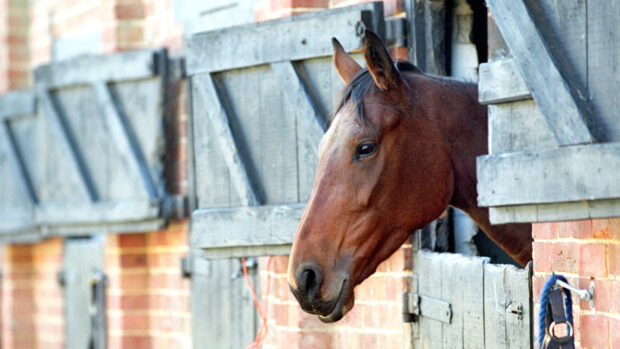With any stable “vice”, such as crib biting andwindsucking, prevention is always better than cure. This can be achieved by emulating the diet of our horses’ ancestors that roamed the plains as trickle feeders.
A few simple guidelines can be followed to minimise the strain on the horse:
- 1. Provide as little hard feed as possible and supply it in several feeds throughout the day. Alternatively, you could use a foraging device in the stable. These stable toys release the hard feed over an extended period of time and, in some cases, may help reduce cribbing by steadying the flow of concentrate into the stomach. However, some horses are extremely frustrated by such devices and only become worse, so you must monitor your own horse’s response carefully.
2. If extraenergy is needed, ensure it comes from fat in the diet rather than starch, as this reduces acidity during digestion.
3. Allow as much access to forage or grazing as possible – stabled horses can still trickle feed on hay or haylage.
4. Try to make sure your horse is without feed for as little time as possible. Obviously, the general rule of not feeding just prior to exercise still holds, so use common sense.
Horses most at risk
Although Thoroughbreds, warmbloods and Standardbreds are at a higher risk, any breed is susceptible to both cribbing and ulcers, particularly:
- those with a lack of forage and shorter time spent feeding
- those on bedding other than straw
- those being fed concentrates other than at low levels
This feature was first published in Horse magazine



